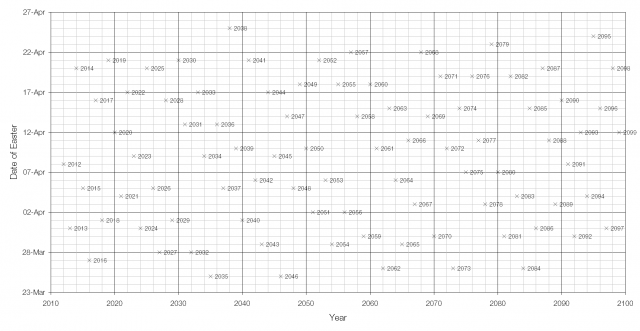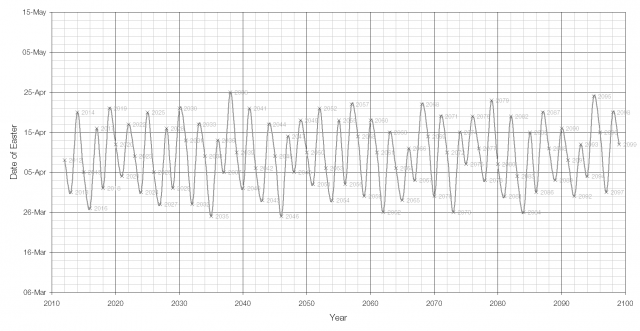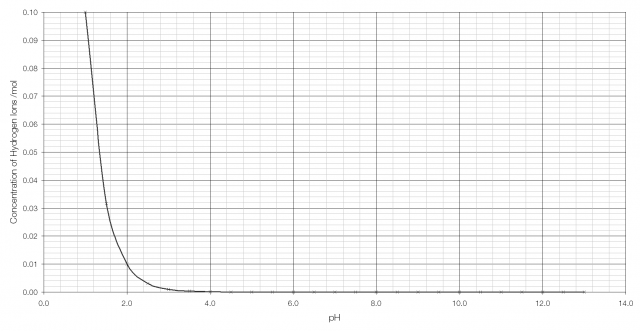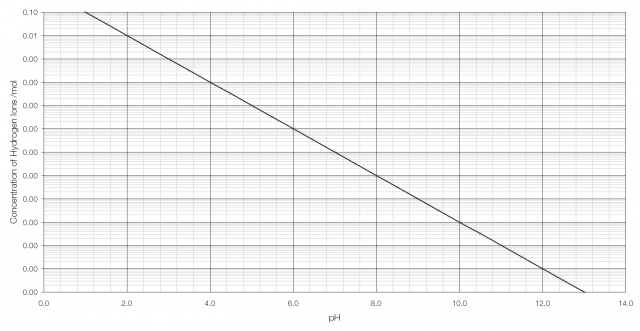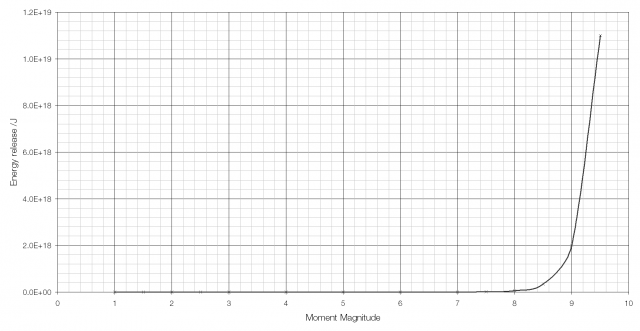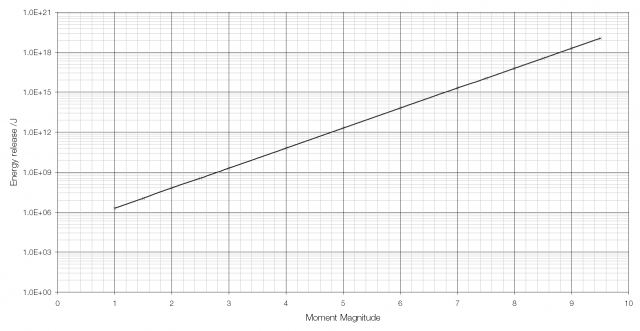The Curiosity rover that is the main part of the Mars Science Laboratory mission is very different from its predecessors Sojourner and the twin rovers Spirit & Opportunity.
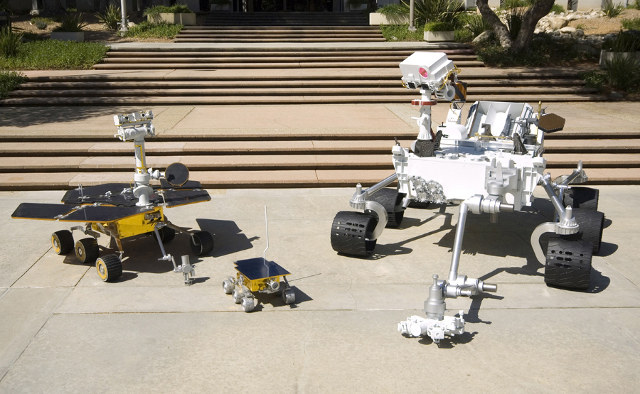
L-R: Spirit/Opportunity, Sojourner and Curiosity.
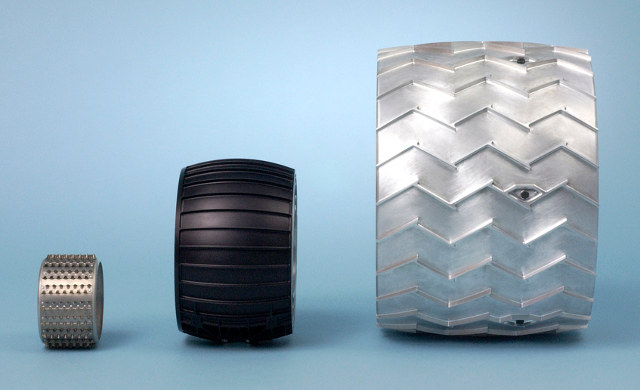
L-R: The wheels of Sojourner, Spirit/Opportunity and Curiosity.
Curiosity is nearly twice as long as Spirit/Opportunity and has more than five times the mass; at 2.1 metres in height it is taller than most of the people that built it.
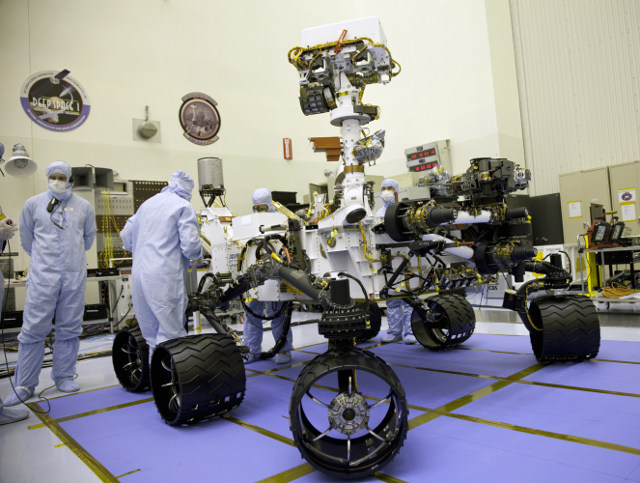
For me, the most interesting difference between Curiosity and the other Mars rovers is its power source. Both Sojourner and Spirit/Opportunity were powered by solar cells but Curiosity is powered by a radioisotope thermoelectric generator (RTG), in particular the Multi-Mission Radioisotope Thermoelectric Generator (MMRTG) built by Pratt & Whitney’s Rocketdyne division.
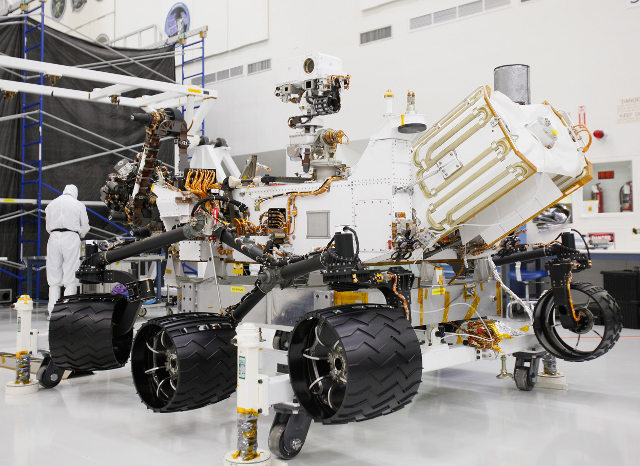
Curiosity‘s RTG is the large unit attached to the rover’s rear.
The main problem with using solar cells for power is that the cells only work during daylight hours and don’t function well at high latitudes where there is less sunlight; Spirit/Opportunity‘s cells only worked at full strength for about four hours per day, producing about 900 watt hours (about 3.2 megajoules) per day at best. Mars is covered in fine dust and dust covering solar panels was a problem for the Spirit and Opportunity rovers, though this dust was occasionally blown away by high winds.
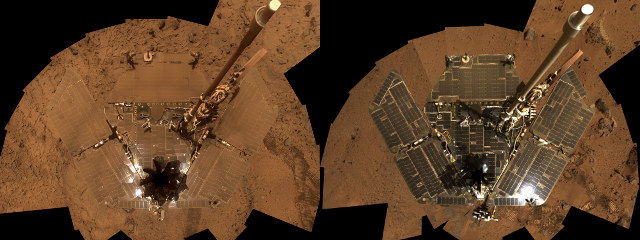
Spirit‘s solar panels before and after a “cleaning event”.
RTGs work via the Seebeck effect, where a difference in temperature between between the two junctions of a thermocouple cause an electric current to be produced. The heat source in an RTG is the decay of a radioactive isotope; in the case of most RTGs this isotope is plutonium-238 in the form of plutonium dioxide. Pu-238 is a nearly pure alpha emitter and therefore requires only minimal shielding.
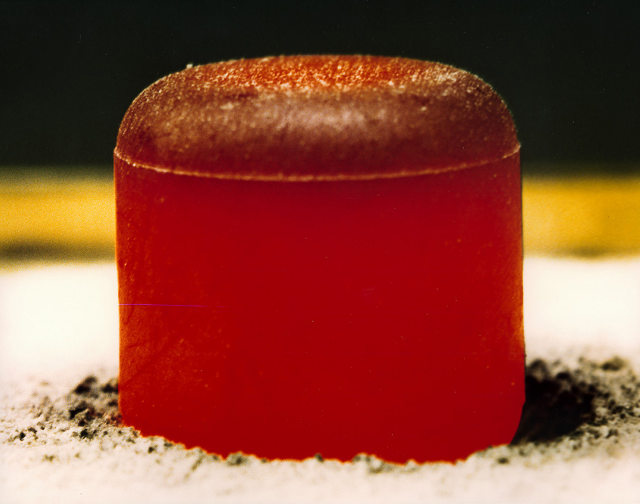
A pellet of 238PuO2 glows red hot from internal radioactive decay.
The MMRTG uses 32 marshmallow-sized plutonium pellets and will initially produce about 125 watts of electrical power (from 2000 watts of thermal power), but this will drop off over time as the plutonium decays. The MMRTG will consistently produce about 2500 watt hours of electricity per day compared with Spirit/Opportunity‘s average of 600 Wh and this will enable Curiosity to operate in all seasons and at all times of day.
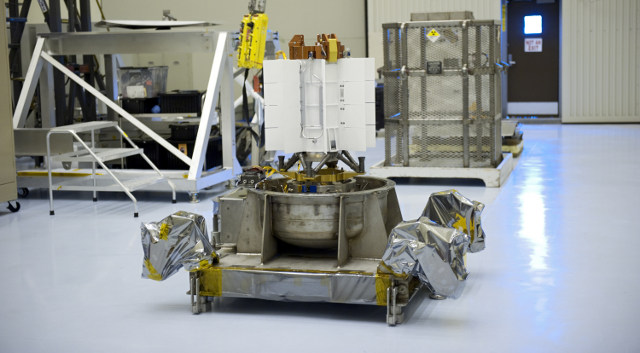
Curiosity’s MMRTG before installation.
